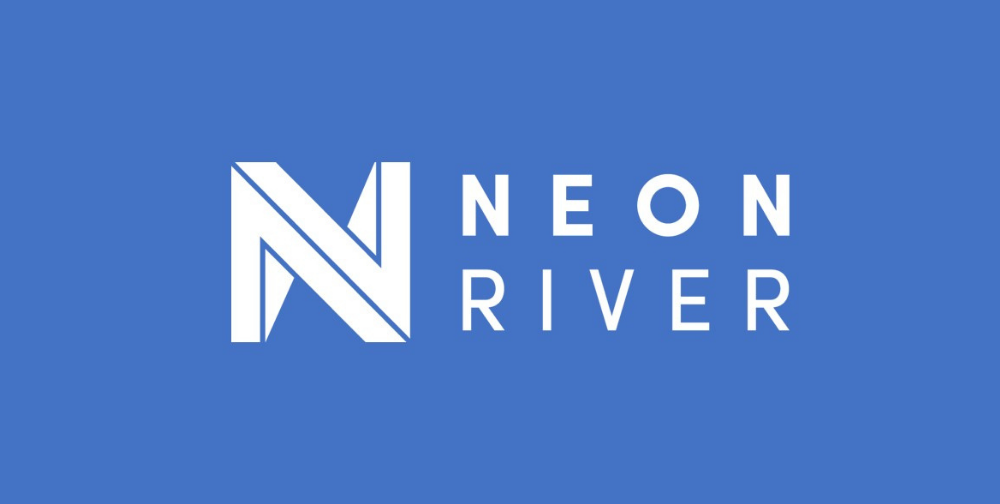How headhunters secure the best talent in the software industry

The most senior roles in industry are often filled by headhunters and the software industry is no different. Headhunters, also known as executive search firms, operate behind the scenes to identify and attract top talent for their clients’ most critical leadership roles. But how does this discreet and highly targeted recruitment process actually work? And if you’re an ambitious executive in the software industry, how can you build relationships with headhunters to support your career?
How executive search in the software industry works
We spoke with Peter Franks, Partner with leading software industry headhunting firm Neon River, to get his perspective. “I’ve spent the last twenty years or so helping software companies to hire leaders,” says Franks. “Headhunters work from client to candidate – and usually spend a lot of time up front talking to key stakeholders within the client to get a sense of their priorities. They then draw up a list of target industries and companies where they’re likely to find the skills they need, and research those companies thoroughly to identify executives with the right profile.”
In addition to identifying new talent, headhunters revisit candidates they’ve previously engaged with. “We often look back through earlier projects and approach candidates we already know from prior searches,” says Franks. “Headhunting for software companies involves deep market research, often across international markets, and targeting a few select passive candidates who represent the best fit.”

Peter Franks
Different approaches to headhunting
Neon River has established itself as one of the best headhunting companies for software companies around the world. They have deep expertise in hiring leaders across all key functions, including CEOs, NEDs, CROs, CMOs, CTOs and CPOs. They work often with VC and PE backed software companies – from seed stage startups like Applied Computing and Sikoia to late stage PE backed software companies like Dedalus and Wireless Logic.
“Different executive search firms have different specialisms,” explains Franks. “At Neon River we work across all functions for software, games and broader technology companies. Other firms work across all sectors and have dedicated practices focused on software or technology. This pattern is common across the industry – you have boutique specialists who go deep into a particular market, and broader generalist firms with a wider remit.”
While the sector focus may differ, the headhunting model is consistent. “Most executive search firms only work on senior ‘C’ and ‘VP’ level roles, and almost always on a retained and exclusive basis,” says Franks. “This means no other recruiter is working on the same project, and the search firm is paid in stages, usually with a part of the fee upfront, rather than only on successful placement. That’s because a lot of time and effort goes into research before candidates are even contacted. If a project were cancelled late on, a ‘no win no fee’ model that would leave the headhunter out of pocket.”
Franks also highlights the differences in candidate experience. “At Neon River we try to create a highly personal experience for candidates. Big executive search firms can sometimes feel a bit cold or corporate. I’m very hands-on in delivering searches, and I think that gives us an edge against larger firms where partners often delegate delivery to more junior colleagues.”
The impact of LinkedIn on how headhunters work
The growth of LinkedIn has transformed the executive search industry. “When I started in 2004, firms relied heavily on internal databases of candidate information that they had built up over years of networking and interviews,” says Franks. “LinkedIn changed everything. It’s difficult to overstate its impact. Now, billions of people have effectively published a short CV online. While we still rely on our own proprietary databases and networks, it’s never been easier to discover new candidates we don’t already know.”
That ease of access, however, hasn’t made the job easier. “If anything, the bar is higher now,” he adds. “Everyone can find a name. The real value is in knowing who is good, who’s likely to move, and how to engage them effectively.”
Networking with headhunters as a candidate in the software industry
Headhunters typically work from client to candidate. Whether a candidate is relevant to them at a particular time depends entirely on the projects they’re working on. Because both boutique and generalist firms cover a range of sectors and functions, there’s often variation in the kinds of roles they’re handling at any given moment.
“Don’t expect a headhunting firm to act like a personal agent,” says Franks. “That’s not how the model works. But it can be really helpful to get on their radar. Try to identify both specialist and generalist firms that are active in the software sector and introduce yourself. That could mean sending across a CV or helping with recommendations of relevant contacts on projects where you’re not the right fit yourself.”
Franks also emphasises the importance of a clear and compelling LinkedIn profile. “It’s your shop window. Make it easy for someone reading it to understand what you’ve achieved. If you’ve helped grow a company, led an exit, improved performance or scaled a team then make that is clear. As headhunters, we can’t value what we don’t understand.”
Executive-level hiring trends in the software industry
The software industry has been through significant changes in recent years. “The last couple of years have been challenging for many VC and PE-backed software companies,” says Franks. “A lot of businesses raised capital during Covid at high valuations and have struggled to meet those expectations. In contrast, PE-backed companies with capital have often been able to acquire businesses at lower valuations, and we’re seeing the most hiring activity in that part of the market.”
AI is another major driver of change. “We’re seeing strong investment in data-focused software products in terms of both infrastructure and applications,” says Franks. “AI is starting to automate development in a meaningful way. Some companies are already deploying AI agents to write code. It’s a huge shift, and one that’s only just getting started. With every wave of disruption comes new leadership challenges and opportunities.”
Further information
- Neon River’s guide to the Top 30 CTOs in Europe
- An overview of Neon River’s work in the software sector

Source: How headhunters secure the best talent in the software industry



